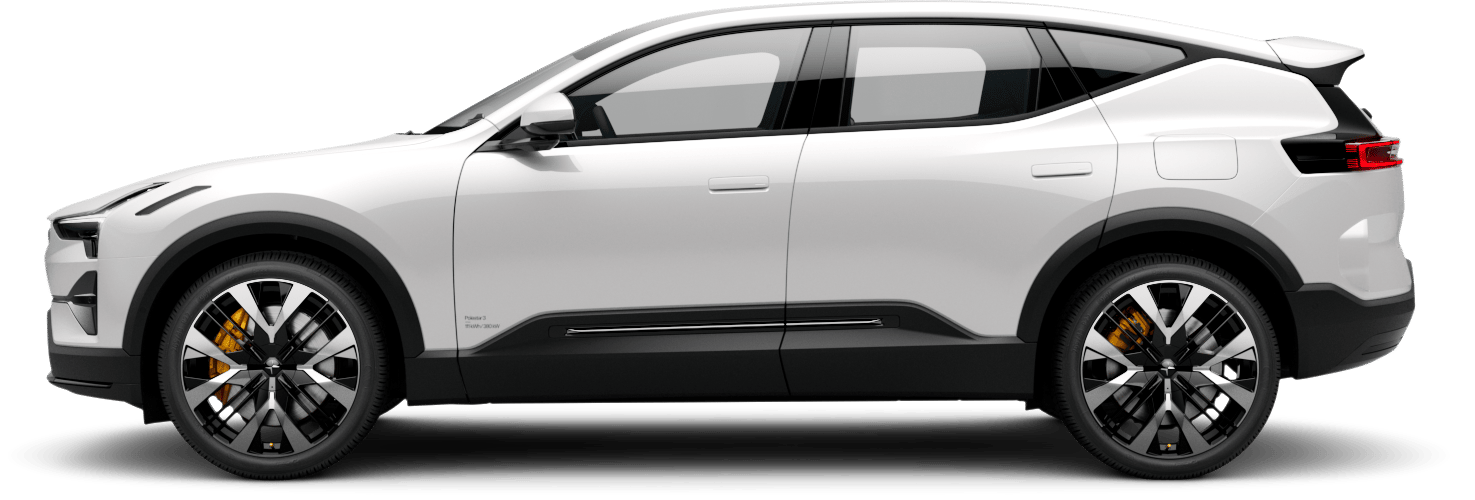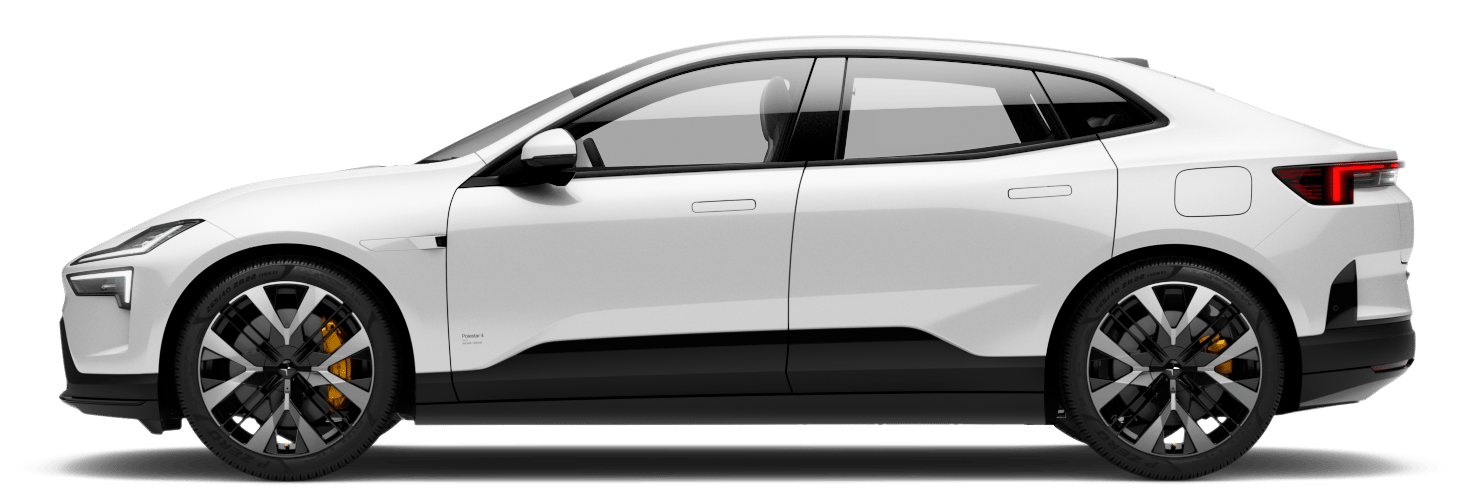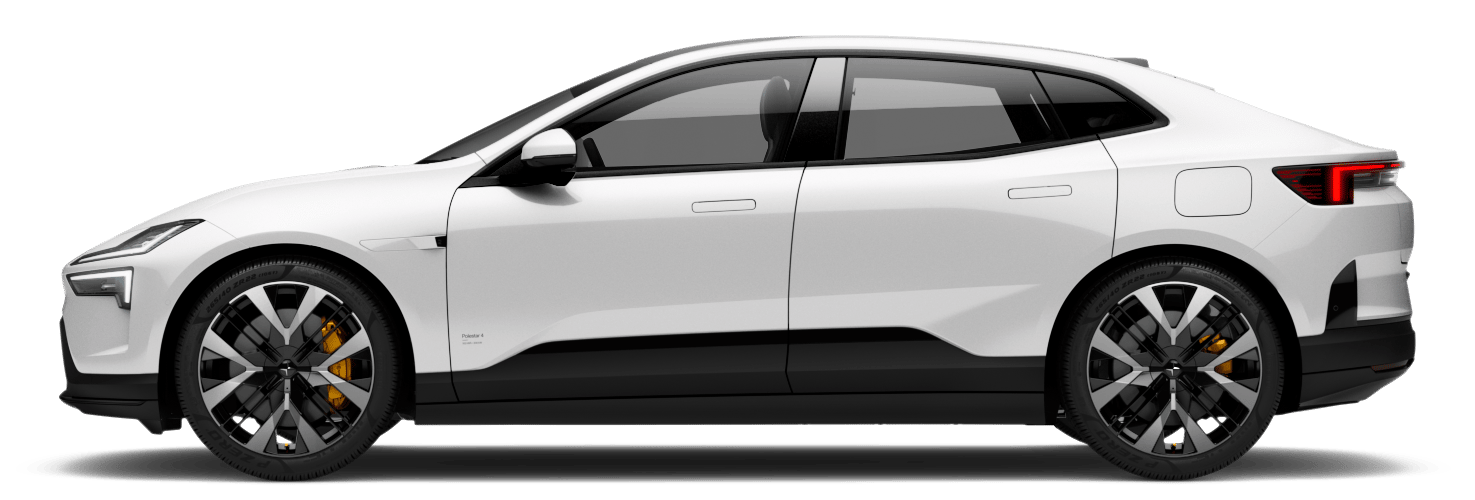Scandi design meets Sydney Harbour: Polestar’s place at Concours d’Elegance
Concours d’Elegance. From French, the term loosely translates to "competition of elegance," a fitting name for one of Australia’s most prestigious motoring events, celebrating the pinnacle of automotive excellence. Amongst the classic cars on display, a noticeable change is evident. Two cutting-edge electric cars, Polestar 3 and 4, stand in contrast to the vehicles that traditionally populate the event. For Sydney-based industrial designer David Caon, they stand out because they represent the new era of luxury emerging in the automotive space – one that is shifting toward intelligent, sustainable and unique design.
Excellence on the island
This year’s Sydney Harbour Concours D’Elegance takes place on the iconic Cockatoo Island, right in the heart of Sydney Harbour. A unique slice of Australia, it offers a glimpse into the history of Sydney’s industrial past. Arriving to the island in the sleek Candela C-8 hydrofoil electric boat, the contrast between old and new isn’t lost on David. The historic buildings, machinery and landmarks make this location a fitting place to display the finest in automotive craftmanship – both past and present.
“It really gives you a sense of being in the future when you're driving around in a Polestar on Cockatoo Island, and looking at how we used to do things in the past,” says David.
“It is a fascinating place to pull up to on a flying boat.”
A self-confessed enthusiast for all things transport, David recalls an affinity towards cars, planes and boats as a boy, which eventually manifested as a passion for purpose-led design in transport, among other areas. Known for his refined and tasteful approach, David immediately connected with Polestar and Candela.
“Mobility has always been so fascinating to me because it is in a constant state of flux and evolution,” David reflects, exploring the Turbine Hall. Partnering with this year’s event, Polestar brought the 3 and 4 across to the island to exhibit, and offered transport around the island for guests in a Polestar 3.
And, despite Sweden's different culture and landscapes, David says Scandinavian design in products like Polestar cars and Candela boats couldn’t be more at home in Australia.


A balancing act
The coming together of Swedish simplicity with the laid-back Australian way of life creates an intriguing synergy. As David explores the Swedish Performance Hub, a joint activation between Polestar and Candela, he notes the importance of creating a cohesive design language that respects both Scandinavian principles and Australian sensibilities.
“The common theme between both cultures is that we value nature and being outside,” says David.
“For Sweden, I think that drives the minimalist aesthetic. In Australia, we might do things in a slightly more rustic or embellished way, but we aren't over the top in terms of aesthetic.”
According to David, the key to successful integration lies in finding common ground. Both Swedes and Aussies prioritise functionality and a connection to nature, providing a solid foundation for harmonious design. With Polestar’s intuitive tech, from safety systems, to Google built-in, right down to the electric controls that adjust the seat, simplicity is key to ensure that occupants can enjoy all features without them being burdensome to figure out. Design features such as the customisable lighting in Polestar 4 and the panoramic glass roof in both vehicles also give occupants a connection to the outside world while in the car.
As a design-led brand, Polestar’s Scandinavian DNA is certainly evident, but it’s in the car’s minimalistic, functional and human-centric design that allows it to feel perfectly at home on Australian roads.










01/05
Sustainable sophistication
Moving around Cockatoo Island in the Polestar 3, David is struck not just by the car's on-road experience, but by the thoughtfulness in material choice. Inside the premium SUV, luxury takes on a new meaning – one rooted in responsible and innovative design. From repurposed fishing nets to the bio-attributed MicroTech, material innovation in Polestar’s interiors bring together sustainability and sophistication in a luxurious way.
“We not only have to think about how materials come into vehicles, but how they come out of vehicles,” David says.
"Explorations in cyclical design are important, and making sure that when we do use certain materials, we're using them for the right reasons.”
Where traditional luxury leans on grandeur, modern luxury embraces authenticity, purpose, and experience. Every material serves a purpose, every detail is considered, and every element is designed to enhance both the driving experience and its impact on the world.
A new era of luxury
As the event draws to a close, David reflects on the contrast between past and present. The beautifully restored classic cars will always be admired for their artistry and sense of nostalgia, but today’s most forward-thinking brands are redefining luxury entirely. Whether it’s the quiet performance of Polestar 3 on the open road, or the effortless glide of a Candela boat across a waterway, modern luxury is about experience, connection and consideration of how it shapes the world around us.
Experience the new age of luxury. Book a Polestar test drive.







